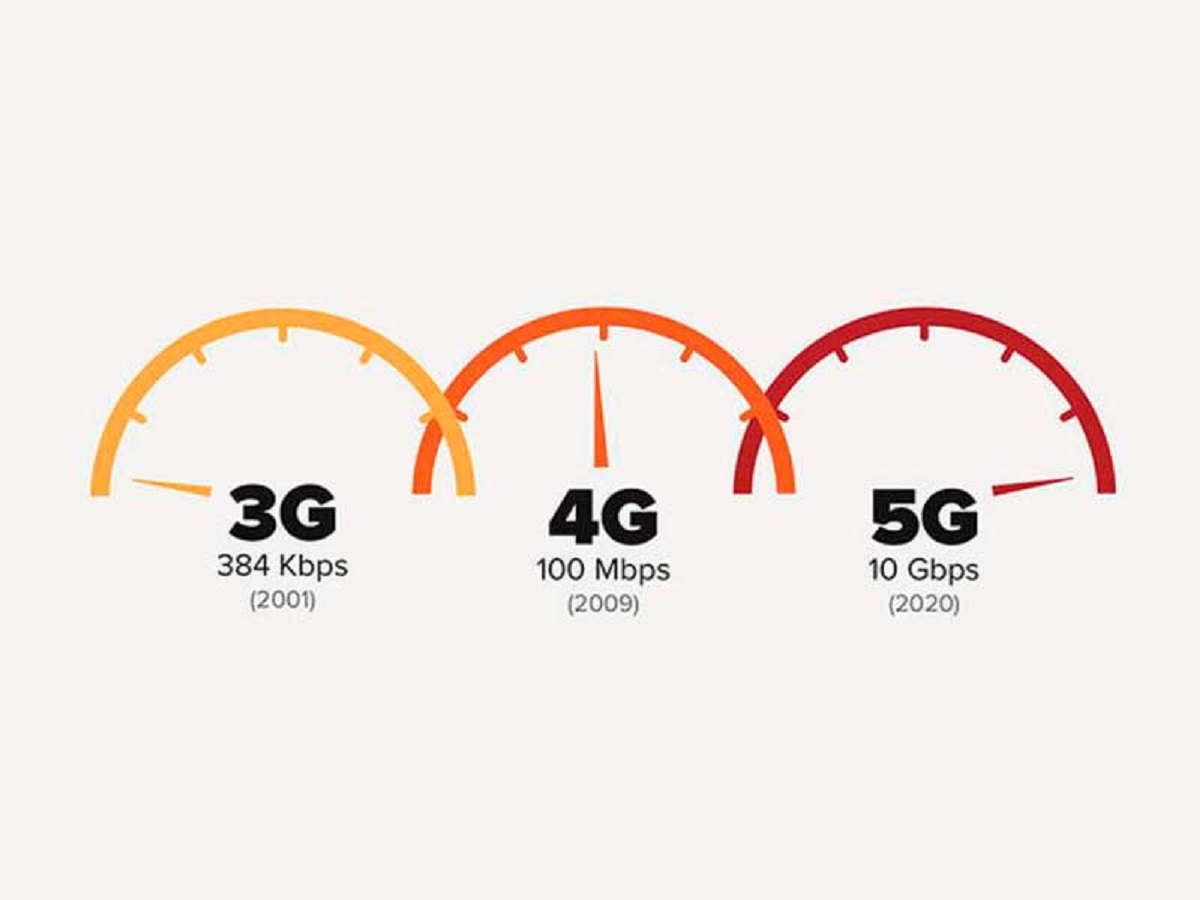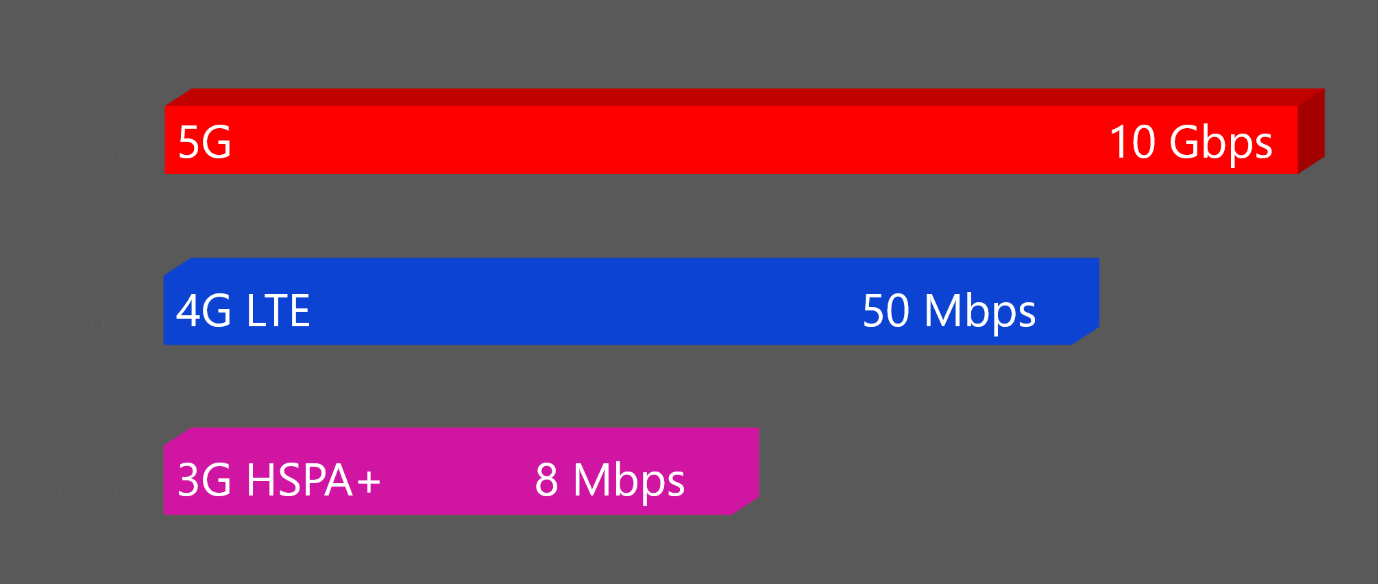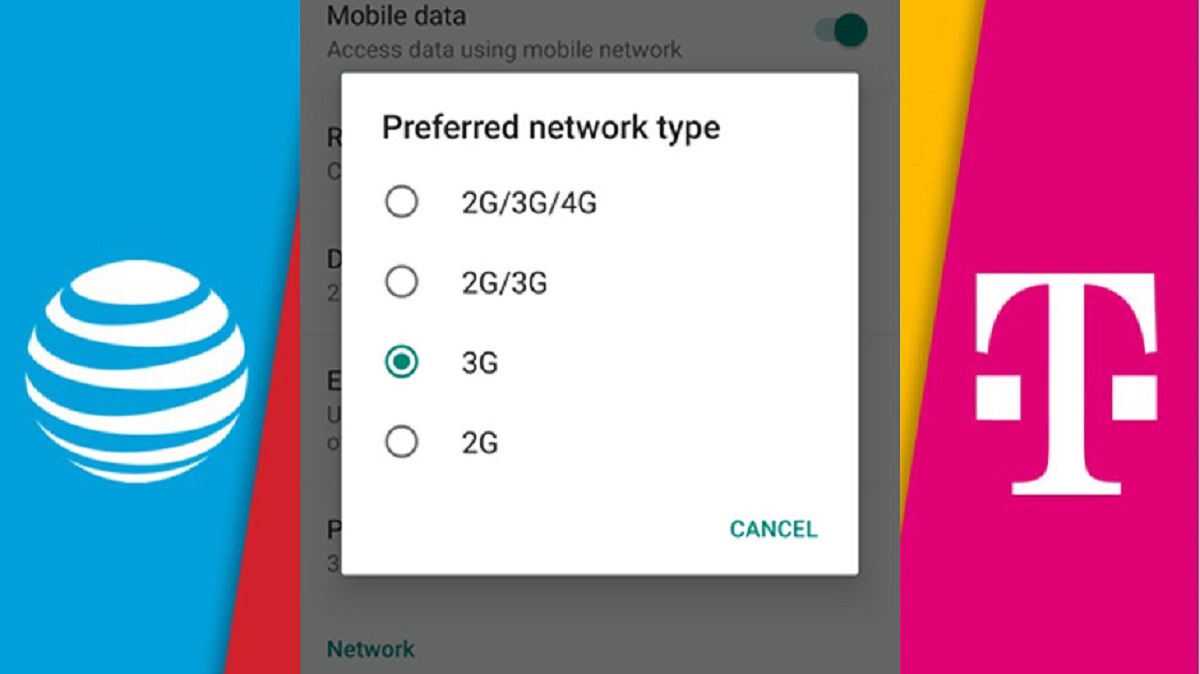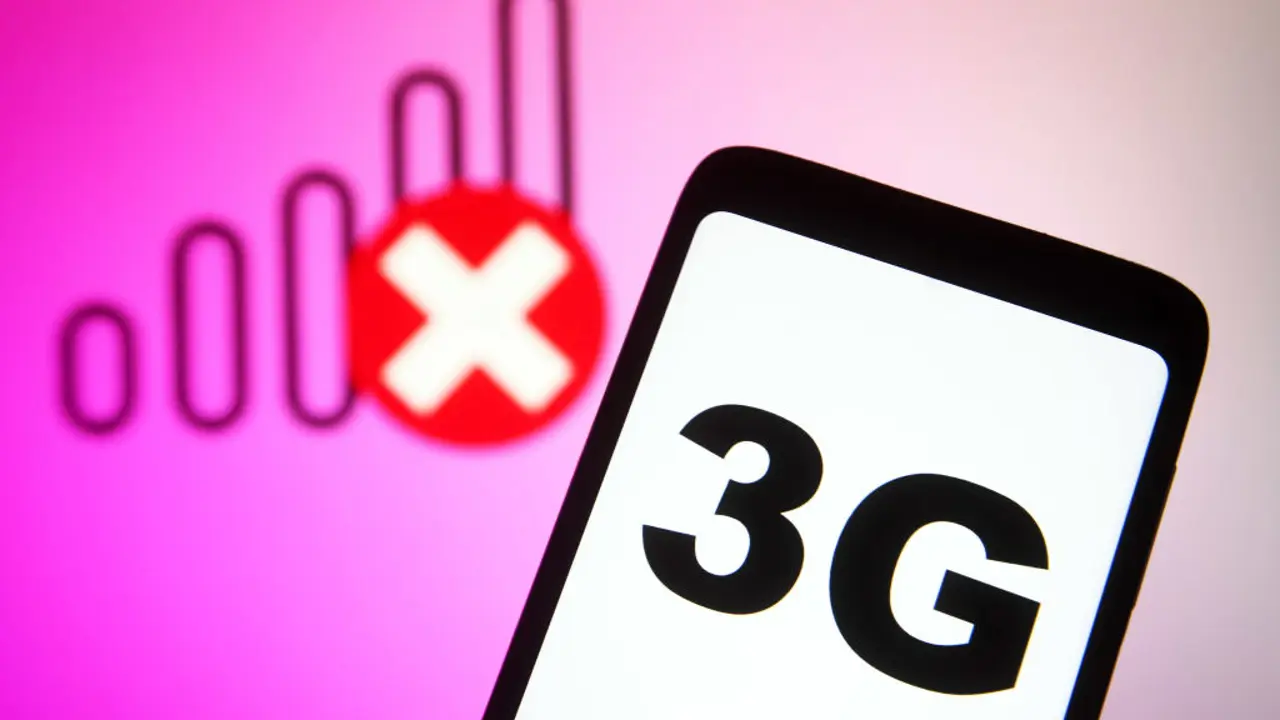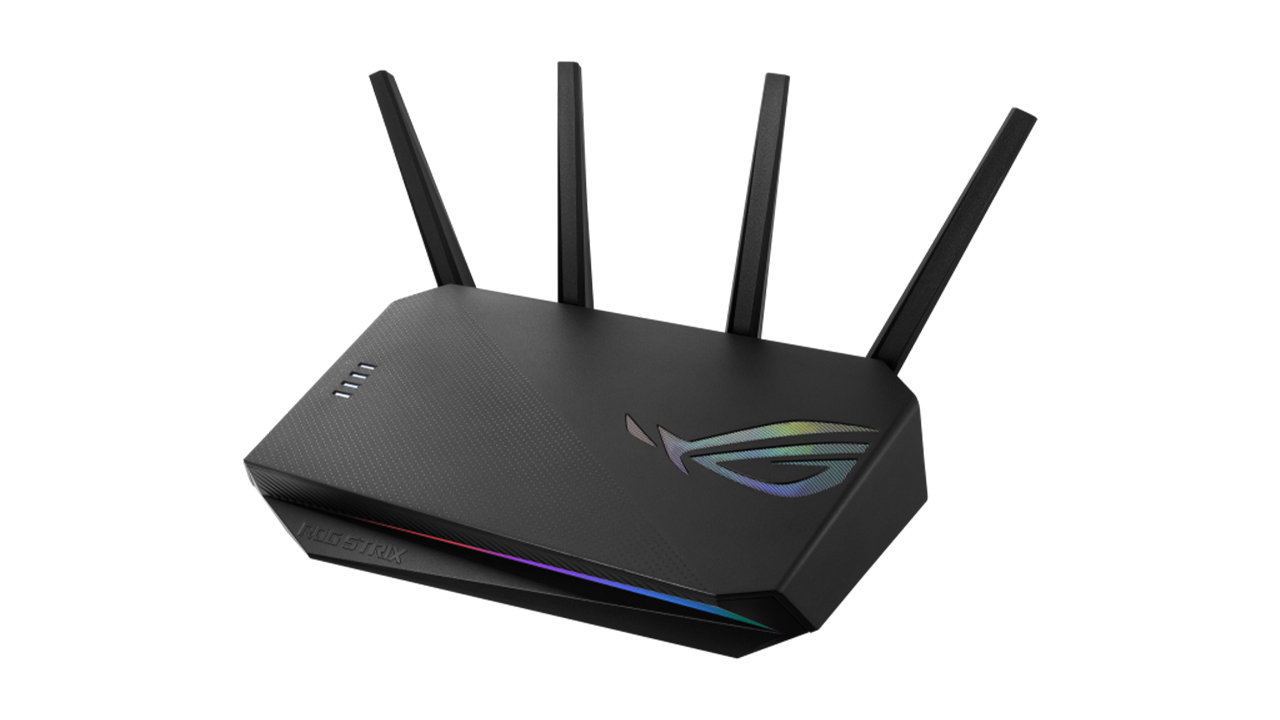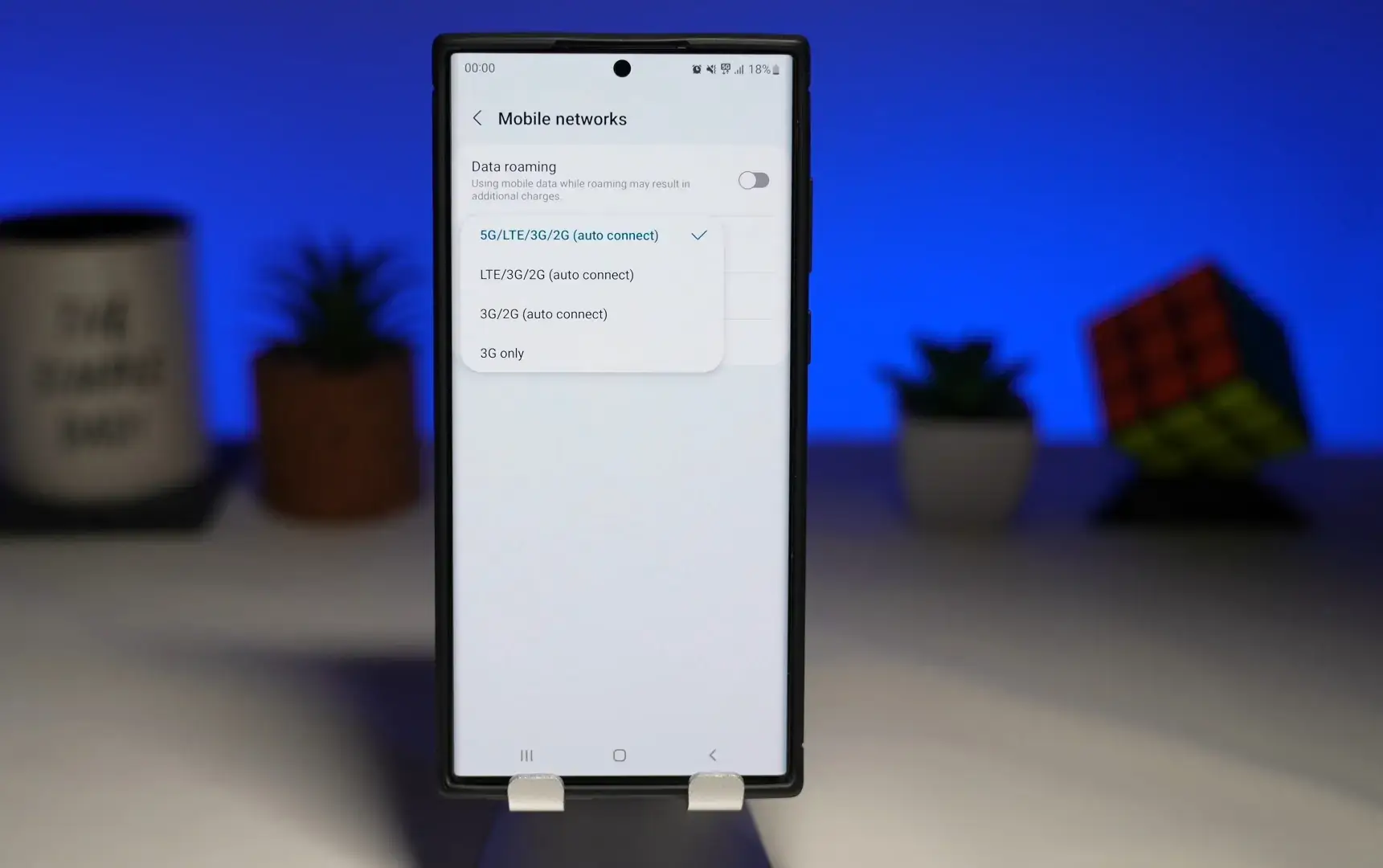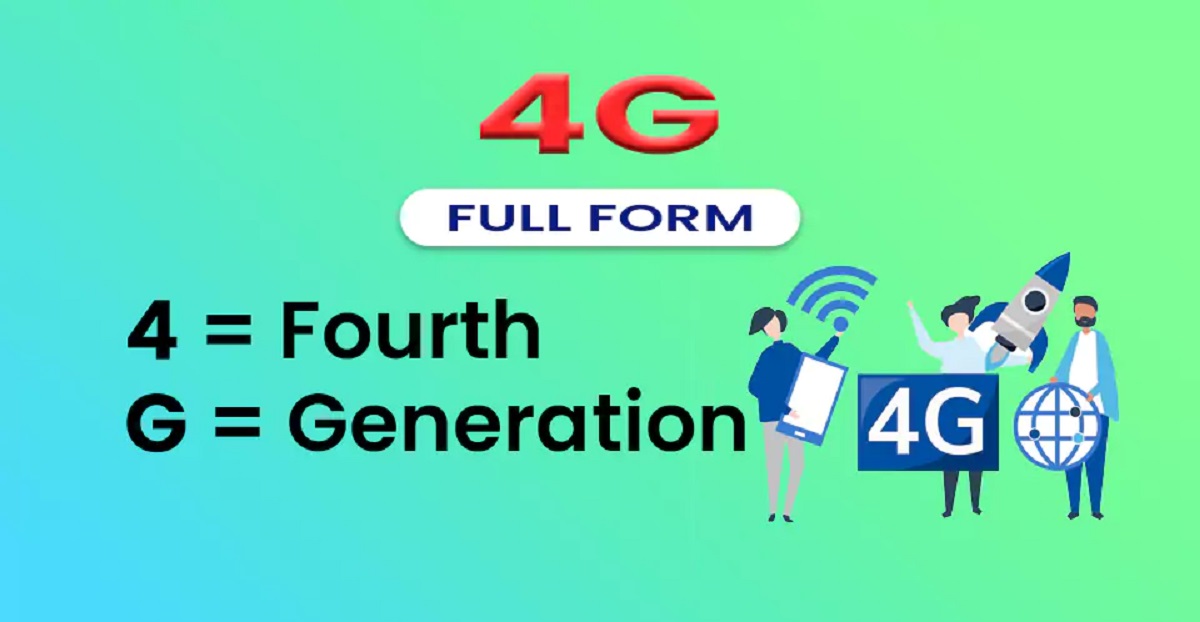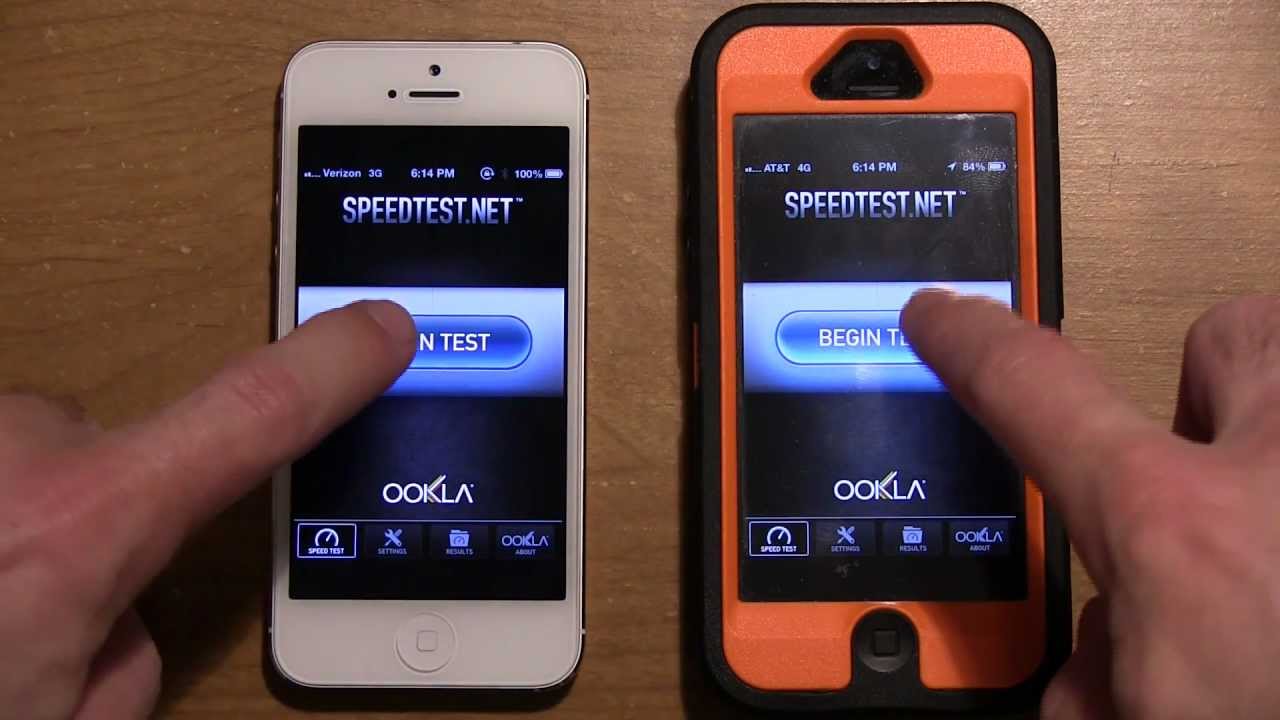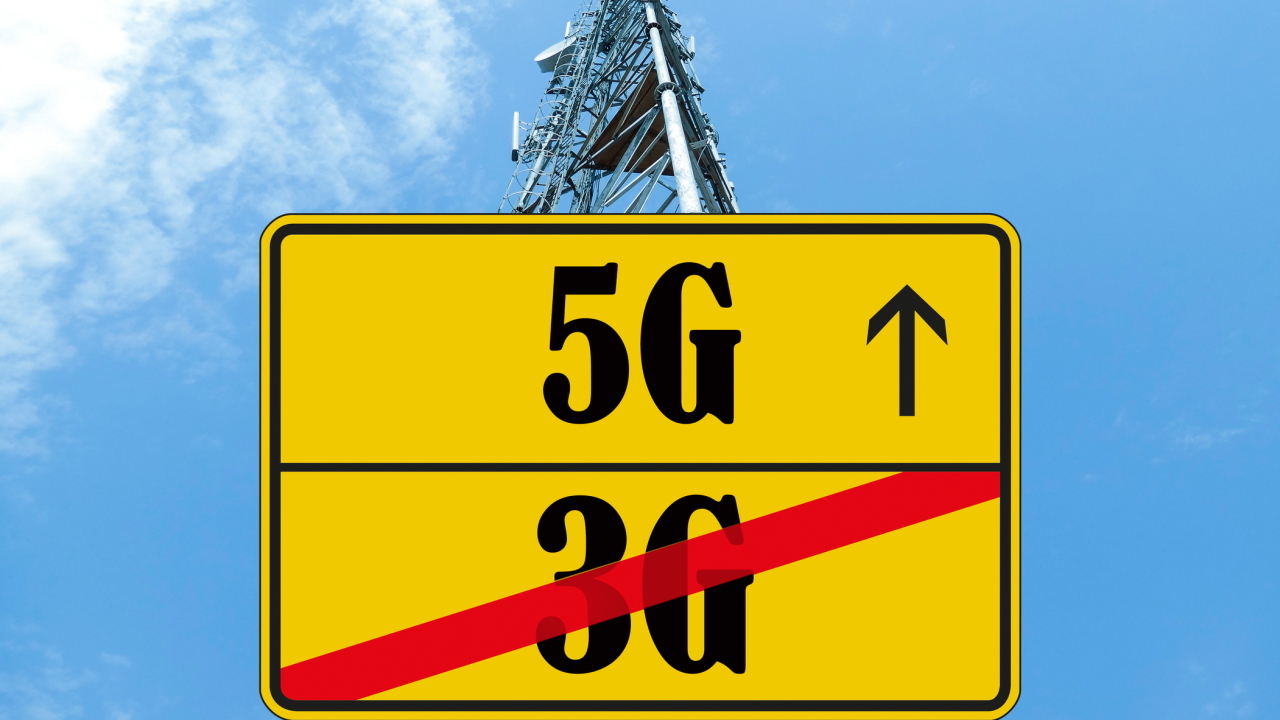Introduction
Welcome to the ever-evolving world of mobile technology! Over the years, we have witnessed significant advancements in wireless communication, and one of the key developments has been the progression from 3G to 4G, and now to the upcoming 5G network. These generations of mobile networks have not only revolutionized how we communicate but have also transformed numerous industries and opened up new possibilities for innovation.
Each generation of mobile network brings with it improved speed, increased bandwidth, lower latency, and enhanced coverage. These factors play a crucial role in determining the overall performance and capabilities of our smartphones, tablets, and other connected devices.
Understanding the differences between 3G, 4G, and 5G is essential, as it directly impacts our day-to-day mobile experience and influences the development of various applications and technologies that rely on a robust and reliable wireless network.
In this article, we will dive into the world of 3G, 4G, and 5G, exploring their definitions, speed and bandwidth comparisons, latency differences, coverage capabilities, device compatibility, and their respective applications and use cases. Furthermore, we will take a glimpse into the future and discuss the development prospects of 5G.
So, brace yourself and get ready to embark on an exciting journey through the evolution of mobile networks as we unravel the intriguing set of features and benefits that each generation of wireless technology has to offer! Let’s begin by defining what exactly 3G, 4G, and 5G are.
Definition of 3G, 4G, and 5G
Before we delve into the differences between 3G, 4G, and 5G, let’s start by understanding what each of these terms represents.
3G, short for “third generation,” is the third iteration of wireless mobile telecommunications technology. It brought significant improvements compared to its predecessor, 2G, by enabling faster internet speeds, multimedia capabilities, and support for a wide range of applications.
4G, or “fourth generation,” is an improved version of the 3G network. It offers even faster internet speeds, enhanced capacity, and better overall performance. 4G technology made it possible for users to enjoy high-quality video streaming, online gaming, and seamless web browsing.
Now, the highly anticipated 5G, also known as “fifth generation,” is the latest wireless technology that promises to deliver transformative changes to our digital landscape. With speeds expected to be 10 to 100 times faster than 4G, 5G will revolutionize the way we connect with each other and the world around us.
Unlike its predecessors, 5G is not simply an incremental improvement in speed and capacity; it signifies a paradigm shift in wireless technology. 5G will bring ultra-low latency, massive device connectivity, and network slicing, enabling futuristic applications such as autonomous vehicles, remote surgery, and smart cities.
The defining features of each generation of mobile networks highlight the impressive advancements in technology and the remarkable capabilities they offer. However, it is important to note that the deployment and implementation of these networks may vary from region to region, and the actual speeds experienced by users may differ based on various factors such as network congestion, infrastructure, device capabilities, and network provider.
Now that we have a better understanding of what 3G, 4G, and 5G represent, let’s proceed to compare their speeds and bandwidth.
Speed and Bandwidth Comparison
One of the significant factors that differentiate 3G, 4G, and 5G networks is their speed and bandwidth capabilities. The speed of a network refers to how quickly data can be transmitted, while bandwidth determines the amount of data that can be transferred in a given time period.
3G networks typically offer download speeds ranging from 384 kbps to 2 Mbps. This speed is sufficient for basic internet browsing, sending emails, and streaming low-quality videos. However, 3G networks may struggle to provide a seamless experience for bandwidth-intensive applications such as high-definition video streaming and online gaming.
On the other hand, 4G networks have revolutionized mobile data speeds, providing download speeds that can range from 5 Mbps to 100 Mbps, and even higher in some cases. This significant improvement allows users to enjoy high-quality video streaming, smooth video calls, and faster web browsing. 4G networks can handle bandwidth-intensive tasks with ease, making it ideal for multimedia applications and data-intensive tasks.
However, the real game-changer is 5G. 5G networks are expected to deliver download speeds ranging from 1 Gbps to 10 Gbps or more. This blazing-fast speed empowers users to download large files in seconds, stream high-resolution 4K and 8K videos without buffering, and experience ultra-responsive gaming. The increased bandwidth of 5G means that more devices can connect simultaneously without compromising performance.
Furthermore, 5G networks have the potential to support massive Internet of Things (IoT) deployments, enabling seamless connectivity for a wide range of devices, from smartphones and tablets to smart home devices and industrial sensors.
It’s crucial to note that the actual speed experienced by users may vary based on several factors, including network congestion, device capabilities, proximity to cellular towers, and network provider. Nevertheless, the speed and bandwidth capabilities offered by 5G undoubtedly take connectivity to a whole new level.
Now that we’ve compared the speed and bandwidth of 3G, 4G, and 5G networks, let’s move on to discussing their respective latency characteristics.
Latency Comparison
Latency, often referred to as network delay, is the time it takes for data to travel between a source and a destination on a network. It is an important consideration, especially for real-time applications that require immediate response and interactivity. Lower latency means faster and more responsive connections.
3G networks typically have higher latency compared to their successors. Latency in 3G networks can range from 100 milliseconds to 500 milliseconds or more. This delay can be noticeable during activities such as video streaming and online gaming, where even a slight delay can impact the user experience.
With the advent of 4G technology, latency improved significantly. 4G networks typically exhibit latency between 50 to 100 milliseconds. This lower latency contributes to a smoother and more enjoyable experience for real-time communication, such as video calls and online multiplayer gaming. However, certain latency-sensitive applications like autonomous vehicles and remote surgery still require further reduction in latency.
Enter 5G, the game-changer in terms of latency. 5G networks are expected to achieve ultra-low latency, often referred to as sub-millisecond latency or 1 millisecond (ms) round-trip time. This near-instantaneous response time is crucial for applications that demand real-time data exchange, such as autonomous vehicles communicating with each other to avoid collisions or surgeons performing remote surgeries in real-time.
Lower latency offered by 5G opens up a whole realm of possibilities for innovative applications and IoT devices. It enables seamless communication between countless devices, creating an interconnected ecosystem that can revolutionize industries such as healthcare, transportation, and manufacturing.
While 3G and 4G networks have made remarkable strides in reducing latency, the latency improvements brought by 5G are set to unlock new levels of efficiency and responsiveness. Now, let’s explore the differences in coverage capabilities among these networks.
Coverage Comparison
When it comes to coverage, it refers to the geographical area serviced by a particular mobile network. The coverage of a network determines the availability and reach of its services, whether it’s in densely populated urban areas or remote rural regions.
3G networks, being the oldest of the three generations, have had the most extensive coverage globally. They have been deployed across a large part of the world, including both urban and rural areas. However, due to the limitations of 3G technology, coverage may not be consistent in terms of speed and quality in remote or sparsely populated regions.
4G networks have significantly expanded coverage compared to 3G. These networks have been deployed in more regions and offer a more reliable and consistent connection. With 4G, users in urban areas and major cities typically enjoy excellent coverage with fast internet speeds. However, coverage might still be limited or weaker in remote areas.
As for 5G, the rollout is still ongoing, and the coverage is currently more limited than 3G and 4G networks. The deployment of 5G initially focuses on urban areas and high-density locations. However, as the technology continues to develop and more infrastructure is deployed, the coverage is expected to expand rapidly, reaching more regions around the world.
It’s important to note that coverage varies between different network providers and regions. Factors such as network infrastructure, government regulations, and investment play a significant role in determining the coverage of each generation of mobile networks.
Nevertheless, the expansion of 5G is anticipated to bring improved coverage to rural and remote areas, opening up opportunities for enhanced connectivity and bridging the digital divide.
Now that we’ve explored the coverage capabilities of 3G, 4G, and 5G networks, let’s examine the compatibility of these networks with different devices.
Device Compatibility
Device compatibility is a critical aspect to consider when it comes to mobile networks. Not all devices are designed to support or take advantage of the capabilities offered by each generation of wireless technology.
3G networks gained popularity during a time when feature phones were dominant. These phones were primarily designed for basic voice calls and text messaging. As 3G technology evolved, smartphones that supported higher data speeds and multimedia capabilities became more prevalent. However, older feature phones may not be compatible with 3G networks due to their limited capabilities.
With the rise of 4G networks, smartphones became more advanced and prevalent. Most modern smartphones are now compatible with 4G networks, allowing users to fully capitalize on the high-speed internet, video streaming, and other bandwidth-intensive applications. Moreover, 4G technology enables better voice quality and faster call setup times compared to its predecessors.
As for 5G, device compatibility is a bit more complex. While many newer flagship smartphones are equipped with 5G capabilities, not all devices in the market support 5G networks. This is due to the need for specific hardware components, such as 5G modems, antennas, and processors. Therefore, it’s crucial to check device specifications to ensure compatibility before enjoying the benefits of 5G technology.
Furthermore, it’s worth mentioning that even if a device is 5G-compatible, the experience may vary depending on various factors such as network availability, coverage, and the network provider. In some cases, users may experience 4G speeds if 5G coverage is not available in their area.
As 5G networks continue to expand and become more prevalent, the market will see an increasing number of devices, including smartphones, tablets, laptops, and IoT devices, designed to leverage the full potential of 5G technology.
Now, let’s explore the exciting applications and use cases that each generation of mobile networks enables.
Applications and Use Cases
Each generation of mobile networks has paved the way for new and innovative applications that have transformed various industries and our daily lives.
3G networks brought about the era of mobile internet access, enabling users to browse the web, access email, and stay connected while on-the-go. With faster data speeds and improved multimedia capabilities, 3G supported the rise of video streaming, mobile gaming, and social media applications.
4G networks took mobile connectivity to another level, opening up the doors to a plethora of applications and services. High-definition video streaming, online gaming, and seamless music and video downloads became a reality. Additionally, 4G technology paved the way for the development of IoT devices, smart home automation, and remote work solutions.
Now, with the emergence of 5G, we are poised to witness an unprecedented wave of innovative applications and use cases. The ultra-high speeds, low latency, and massive device connectivity offered by 5G will power revolutionary technologies such as autonomous vehicles, virtual and augmented reality, remote-controlled robotics, and real-time telemedicine.
Autonomous vehicles, with their demand for lightning-fast data exchange and precise communication, will rely heavily on the low latency and high-speed capabilities of 5G networks. This will enable safer and more efficient transportation systems, reducing accidents and congestion on the roads.
Virtual and augmented reality experiences will be taken to new heights with 5G, enabling immersive gaming, virtual workplace collaboration, and interactive entertainment. The low latency of 5G helps eliminate motion sickness and delivers a seamless and lifelike experience.
Remote-controlled robotics and industrial automation will see immense improvements with 5G. With ultra-low latency, engineers and operators can remotely control and monitor machinery and robots in real-time, opening up possibilities for efficient and cost-effective operations in various industries.
5G will also transform healthcare through real-time telemedicine and remote surgery. Doctors will be able to remotely diagnose and treat patients using high-definition video and real-time data exchange, expanding access to quality healthcare in remote areas or during emergencies.
These are just a few examples of the endless possibilities that 5G will bring to various industries. As the technology evolves and more applications are developed, we can expect even more innovative use cases that will further enhance our lives and drive economic growth.
Now, let’s take a glimpse into the future and discuss the development prospects of 5G technology.
Future Development Prospects
5G technology has immense potential for future development, with the capability to drive innovation and transform numerous industries. As the deployment of 5G networks continues and technology advancements unfold, several exciting prospects emerge.
One of the key areas where 5G is expected to make significant strides is in the Internet of Things (IoT) ecosystem. With its high-speed and low-latency capabilities, 5G networks can support massive IoT deployments, allowing for seamless connectivity and communication between countless devices. This opens up opportunities for smart cities, intelligent transportation systems, precision agriculture, and industrial automation.
5G’s unprecedented speed and capacity will also enable the growth of edge computing. By moving data processing and storage closer to the edge of the network, latency can be vastly reduced, facilitating near real-time processing for applications such as autonomous vehicles, augmented reality, and smart home automation.
Furthermore, 5G technology offers immense potential for advancements in healthcare. The ability to provide reliable and low-latency connections can support the development of telemedicine, remote patient monitoring, and connected medical devices. This can improve access to healthcare in remote areas, enable early detection and intervention, and enhance the overall quality of care.
In the entertainment industry, 5G can revolutionize content delivery. With the high-speed and low-latency capabilities, users can enjoy seamless streaming of high-quality 4K and 8K videos, immersive virtual reality experiences, and interactive gaming without buffering or lag. The emergence of cloud gaming services and augmented reality applications will be further enhanced by the capabilities of 5G networks.
Moreover, 5G networks are set to expedite the development of smart homes and smart cities. The ultra-low latency and high-bandwidth connectivity will enable efficient and interconnected systems, including smart energy management, intelligent transportation, and advanced public safety systems.
As the technology continues to evolve, significant investments are being made in research and development to unlock 5G’s full potential. This includes the development of new semiconductor technologies, the deployment of more 5G base stations, and the exploration of new spectrum bands to accommodate the growing demand for wireless connectivity.
With all these exciting prospects and ongoing advancements, it is evident that the future of 5G technology holds immense promise. As the network infrastructure becomes more widespread, new applications are developed, and industries embrace the capabilities of 5G, we can expect transformative changes that will shape our lives and drive innovation across various sectors.
Now that we’ve explored the future development prospects of 5G, let’s summarize the key points we’ve discussed.
Conclusion
In conclusion, the evolution from 3G to 4G and now to the upcoming 5G network represents significant advancements in mobile technology. Each generation brings improved speed, increased bandwidth, lower latency, and enhanced coverage, which ultimately shape our digital experiences and enable innovative applications.
3G networks paved the way for mobile internet access, while 4G networks revolutionized our ability to stream high-quality videos, play online games, and enjoy bandwidth-intensive applications. Now, 5G is set to take connectivity to a whole new level with its ultra-high speeds, low latency, and massive device connectivity, unleashing a new wave of transformative applications and use cases.
From autonomous vehicles and remote-controlled robotics to telemedicine and smart homes, 5G technology will drive innovation across various industries, creating a more connected and efficient world.
While 3G networks have extensive coverage and 4G networks provide faster speeds and improved performance, 5G networks are still in the early stages of deployment, with coverage and device compatibility gradually expanding. However, as technology advances and infrastructure deployment continues, the capabilities and reach of 5G are expected to grow exponentially.
As we look into the future, the prospects for 5G development are promising. The technology’s potential to fuel advancements in IoT, edge computing, healthcare, entertainment, and smart cities indicates a transformative shift in how we live, work, and interact with technology.
It’s important to note that while 5G presents exciting opportunities, the successful adoption and utilization of the technology will require collaboration between network providers, device manufacturers, application developers, and policymakers to ensure its seamless integration and accessibility for all.
In summary, the transition from 3G to 4G and now to 5G represents a remarkable journey of innovation, speed, and connectivity. As we embrace this new era of wireless technology, the world is poised for a future where intelligent devices, seamless connectivity, and innovative applications will enhance our lives in ways we never thought possible.







